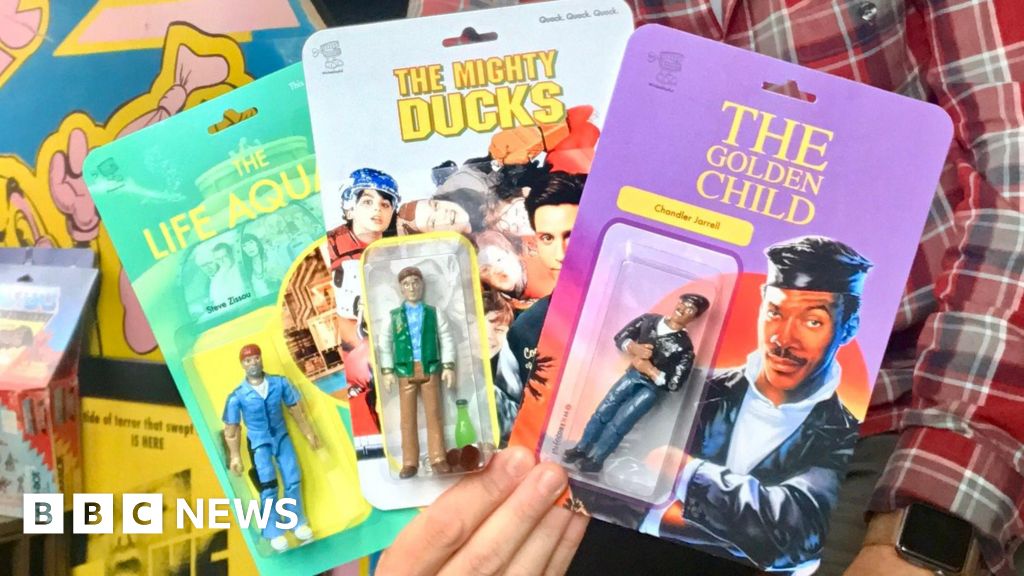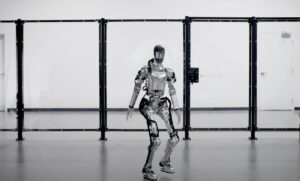Artificial Intelligence Dolls Are on the Rise

The Impact of AI on Artistic Creation
Rising Concerns Among Artists
In recent months, artists and creatives have expressed significant concern over the increasing use of artificial intelligence (AI) in generating images, particularly those that depict individuals as toy figures. This trend has led to a growing movement aimed at protecting creative professions, as many feel their livelihoods are being threatened by the mass production of AI-generated art.
The Emergence of AI-Generated Art
Since April, a large number of individuals have been sharing their photographs on various platforms to create imagery of themselves styled as dolls. However, this so-called "starter pack" trend raises several issues, including worries about environmental damage, privacy, and the devaluation of authentic artistry.
Nick Lavellee, an artist known for handcrafting unique action figures, has voiced his concerns. He has been creating custom figures for over six years and notes that the influx of AI-generated images flooding social media may impact demand for his art. He argues that while AI art may appeal to some, it lacks the depth and aesthetic quality of handcrafted pieces. “People are tired of AI-generated images because they dilute the artistic landscape,” Lavellee stated.
The Value of Handmade Art
Lavellee has crafted figures inspired by notable personalities, including musicians and filmmakers, which sell for up to $250. His work has led to the launch of a clothing brand, and he plans to open a physical shop in his hometown. Yet, he remains cautious about the future of his commissions as AI-generated choices become more widespread.
The sentiment shared by Lavellee is echoed by others in the artistic community. The hashtag #StarterPackNoAI has emerged on social media, highlighting the collective response against the rise of AI-produced art and emphasizing the irreplaceable quality of human creativity.
The Artistic Response
Artists like Maria Picassó Piquer have also stepped into the conversation by creating their own "starter packs," not only for enjoyment but as a statement against AI’s dominance in art. She comments on the lack of variety in AI-created pieces compared to unique, human-produced artwork, noting, “Self-portraits add an extra layer of humanity.”
Many artists, including illustrator Dav le Dessineux, have reported losing contracts to AI-generated designs. Dav expressed his frustration about seeing a proliferation of digital doll images, favoring the simplicity and authenticity of traditional artistic tools, such as pencils and paper. He emphasized that creating art doesn’t require advanced technology; even basic supplies can yield original works.
The Craft of Creation
Artists like Eli Dibitonto and Evie Joyce highlight the personal connection inherent in creating art. Dibitonto described his process as lighthearted and fun, while Joyce noted that making art takes time, reflection, and a personal touch that AI simply cannot replicate.
Both artists believe AI lacks the unique essence that comes from individual experience and effort that humans put into their creative works. Joyce remarks, “AI can even steal from artists; it just loses that touch of personality.”
Looking Ahead
Despite the challenges posed by AI-generated art, some, like Nick Lavellee, maintain a hopeful outlook. He acknowledges that while AI has its applications, it should complement rather than replace traditional artistry.
The debate continues regarding the role of AI in creative fields. While some view it as a tool that can enhance productivity, others remain cautious about its implications for artistic integrity and the survival of traditional crafts. Artists are determined to showcase the value of their work, hoping that consumers will recognize the difference between genuine craftsmanship and computer-generated images.






